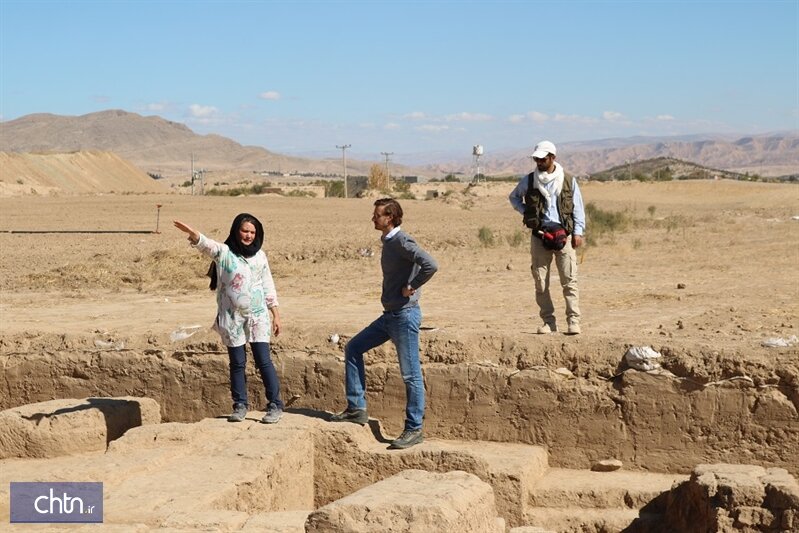Iranian, German archaeologists to shed more light on history of Persia

TEHRAN – Teams of Iranian and German archaeologists are slated to continue research on Tepe Rivi, an ancient site in northeast Iran, which has so far revealed magnificent remains of the Bronze Age up to the Sassanid period.
The teams have completed seven archaeological seasons across the site and based on a new agreement their cooperation will be continued for the next five years, CHTN reported on Monday.
Archaeological research works in Rivi started in 2012. Since then archaeologists accessed remains of settlements from the Bronze and Iron Age, the Achaemenid, the Parthian, the Sassanid dynasties and the early Islamic period.
The previous rounds of research had been hired various experts in archeology, geography, geophysics, geomorphology, and ecology who took part from the [Ludwig Maximilian] University of Munich; the [Free] University of Berlin; the University of Tehran; and Shahid Beheshti University, the report said.
Based on the studies, various architectural and archaeological evidence from the Parthian and the Sassanid era were discovered in the Rivi site, which is situated in Maneh-Samalqan county of modern Iran’s North Khorasan province.
The evidence, according to Mohammad-Javad Jafari who headed of the fifth season of archaeological excavation at Rivi site, indicates the sequence of settlement in the area in the aftermath of the Achaemenid era, according to the Archaeology News Network.
Back in October, a number of historical clay stamps, estimated to date from Achaemenid and Parthian eras, were discovered in the ancient site.
“The seals were found alongside clay urns in a large hall and the seals are imprinted in a variety of geometric patterns [depicting] plants, animals, and human figures. Studying the findings can yield valuable information on economy, culture, and arts of the ancient societies,” Jafari said.
“These stamps represent the widespread and complicated economic relations that people of the time had with other communities in such a way that made them bring together and store goods.”
Evidence suggests that residents of this area sealed the urns that were loaded with particular goods then tied them with ropes, the archaeologist said.
The Achaemenid Empire (550–330 BC) was the largest and most durable empire of its time, stretching from Ethiopia, through Egypt, to Greece, to Anatolia (modern Turkey), Central Asia and to India.
The Parthian Empire (247 BC – 224 CE), also known as the Arsacid Empire, was a major Iranian political and cultural power in ancient Iran. The Parthians largely adopted the art, architecture, religious beliefs, and royal insignia of their culturally heterogeneous empire, which encompassed Persian, Hellenistic, and regional cultures. At its height, the Parthian Empire stretched from the northern reaches of the Euphrates, in what is now central-eastern Turkey, to eastern Iran.
AFM/MG
Leave a Comment